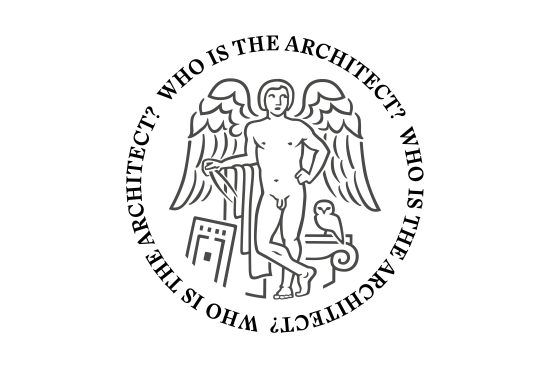Time and time again, we respond to surveys on gender equality in the architectural profession, each time with the same outcome – women lag behind in salaries, careers, diversity. But despite the results, nothing happens, write 12 architects, a body activist/dancer and a sociologist behind the Building Diversity initiative.
Published in Politiken Byrummonitor March 20, 2023
It is no secret that the Danish architecture and construction industries are slow when it comes to internal structural and cultural changes. Especially when it concerns something as fundamental as equality and diversity. This was one of the main conclusions of the Danish Architecture Center at this year’s 8 March event held by, among others, the industry’s professional organizations and associations.
Until now, the majority of developments, e.g. in the architecture industry, is still driven by unpaid volunteer groups who use their own time and energy to work on the challenges. Just as it is employees, students and others who time and again answer surveys that reproduce the same questions, without being followed up with in-depth concrete actions from the professional organizations and associations.
The experience was deja vu, as the study simply repeated the same conclusions that have been common knowledge for at least the past two years.
As an example, the Danish Architectural Firms’ latest study, ‘Gender diversity survey in architectural firms’, which was presented in connection with the event, can be highlighted. The experience was deja vu, as the study simply repeated the same conclusions that have been common knowledge for at least the past two years: that women are paid less for the same work, that women experience that their career opportunities drop drastically if they, for example, leaves the industry in connection with maternity and that women experience discrimination, including offensive behavior and sexual harassment. An overly simplistic presentation without an intersectional view of how conditions such as e.g. ethnicity, disability, class, sexuality, and race, have significant consequences for the possibility and experience of being in the architecture and construction industries.
In a space full of industry professionals, the discouraging facts about the opportunities of the different genders were once again served, but no proposals for concrete action, apart from a reflection on more female start-ups, role models and a need for more of the same type of knowledge. In a subsequent panel between a selection of managers from the architecture and construction industries, there was also not much concrete action to trace.
The only ones who authentically showed that they proactively work with equality and diversity are the Association for Social Responsibility in Construction, which through factual communication and personal stories took the audience into a construction industry where women and other minorities are sexualized and excluded, through e.g. a. nude calendars in the scavenger hunt.
Also on International Women’s Day, the Architects’ Association published a video voxpop on social media where they had asked random people around Copenhagen if they could name a female architect. No one could and it became clear that, despite the fact that well over half of the architecture industry is women, the representation is alarmingly low. A central point, but again there has been no follow-up with concrete actions from management.
It cannot be right that we have not come further than: “we have to look at that”.
As part of the Danish architecture industry, where we all work voluntarily with diversity and equality, we have had enough of the foot-dragging approach from the industry’s professional organizations and associations. It cannot be right that we have not come further than: “we have to look at that”. Looking does not create change, but action does. We must ensure that curiosity, nuanced dialogues and recognition of blind spots are part of the conversation. But by only focusing on the need for more knowledge, we risk that it will end up standing in the way of actually being able to change the industry for the better for current and future generations.
So dear professional organizations and associations. What will you do in relation to the lack of equality and diversity in the architecture industry? How will you work with a broader inclusive and intersectional agenda that does not only take into account e.g. some women’s options? What do you intend to do about it in terms of concrete actions? Maybe you could even work together across the board? We need you.
By Building Diversity
Danila Lampis
Asal Mohtashami
Emma Nielsen
Cristina Gimenez
Martine Lynge Lyngesen
Nitsan Bartov
Cath Borch Jensen
Nataly Timotheou
Bruno Malusa
Emma Elfvik
Clémence Wambergue
Ida Bergström
Thea Høeg
Christine Bjerke


